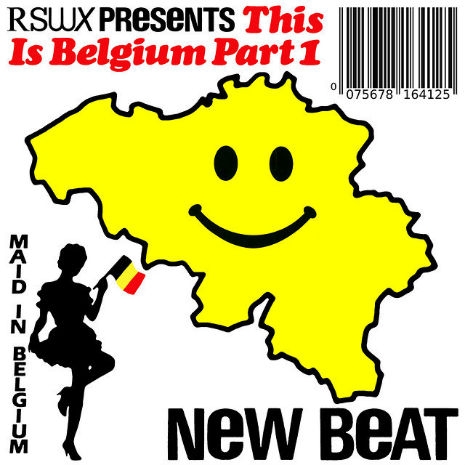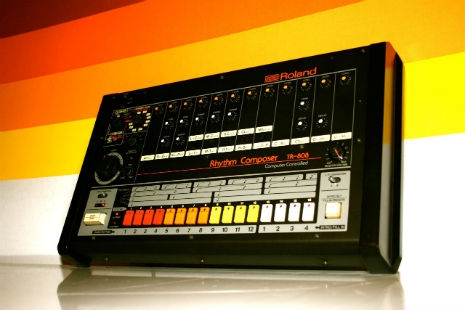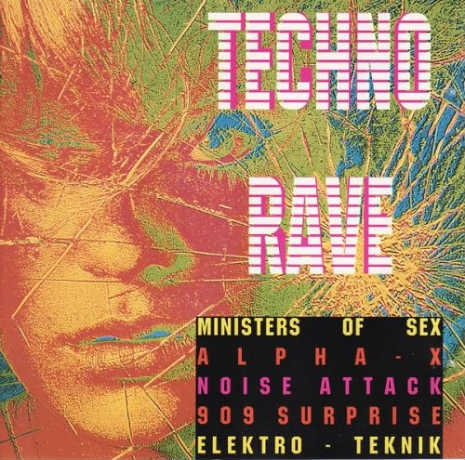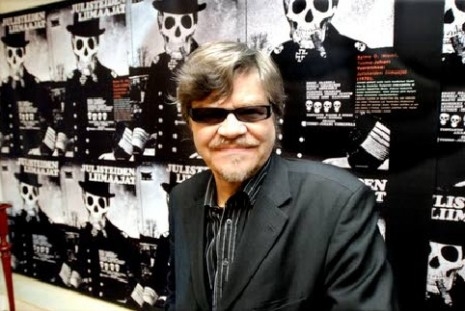
The perfect follow-up to The Beat Club’s “Acid Train” video I posted a few days ago, “This Is Belgium” sees that country’s top dance music export, Radio Soulwax, compiling an audio/visual history of its New Beat scene from the late 80s.
Not only are these videos great to listen to, they’re also very informative, charting the cultural and social history of a localized scene whose influence has since spread far and wide (and which is not to be confused with the original American use of the phrase “New Beat”, which meant an off-shoot of New Wave, it seems).
A regional dance music curio similar in a way to Italy’s Cosmic disco scene, New Beat djs took popular tracks of the time and slowed them down, usually playing 45rpm records at 33rpm, pitched up to +8 on the turntable. Like Cosmic, the wrong speed aspect gave New Beat an otherworldly edge: something is up with these records but it can be difficult to pinpoint what that is, if you don’t know they’re actually being played wrong.
Kicks become thuds, claps become clanks, and every vocal seems wretched from the bowels of hell. Visually New Beat may be plastered in smiley faces, but musically it’s threatening, it’s a lil’ bit scary. Slowing down acid and techno records made the sounds heavier and the atmosphere darker, and it also chimed with the emerging industrial/EBM scene of the time. This dark, powerful aesthetic would be seminal in defining the techno that came from Northern Europe in the 1990s.
From Wikipedia:
The New Beat sound originated in Belgium in the late 1980s, especially in 1987 and 1988.
The Belgian New Beat was an underground danceable music style, well known at clubs and discos in Europe. It is a local crossover of EBM, Acid and mid 80s underground House music. The 80s Dark Wave also became an aesthetic influence (especially Depeche Mode’s videos from 1985–1989). At the time, EBM was popular in German speaking countries and The Netherlands, Acid / Acid Trance was popular in the UK, and House Music (in a 80s Eurodisco French twist) was popular in France. Belgium created this unique music sound, with huge underground success all over Europe.
Legend has it that the Belgian New Beat genre was invented in the nightclub Boccaccio in Destelbergen near Ghent when DJ Marc Grouls played a 45rpm EBM record at 33rpm, with the pitch control set to +8. The track in question was Flesh by A Split-Second.
In addition to A Split-Second, the genre was also heavily influenced by other Industrial and EBM acts such as Front 242 and The Neon Judgement, as well as New Wave, and Dark Wave acts such as the likes of Fad Gadget, Gary Numan and Anne Clark.
Part one of this two hour Soulwax trip comes complete with commentary/text that tells the story of this short lived but influential dance fad (very informative and worthy of your eyes) while part two features what is presumably some Belgians reliving the New Beat dance crazes of their youth (which involve a lot of hoping around from foot to foot) while rocking some awesome retro shell suits. Enjoy:
Radio Soulwax ‘This Is Belgium Pt 1’
Radio Soulwax ‘This Is Belgium Pt 2’









